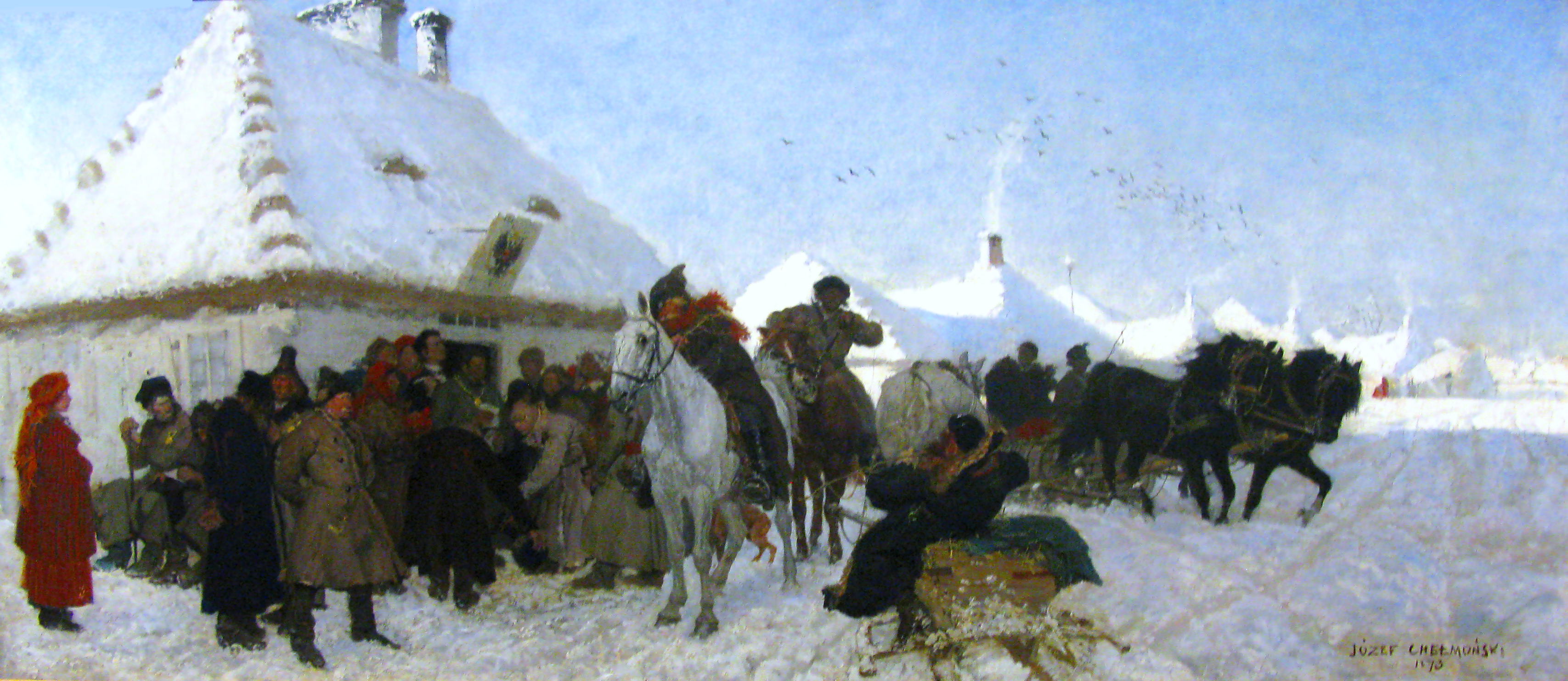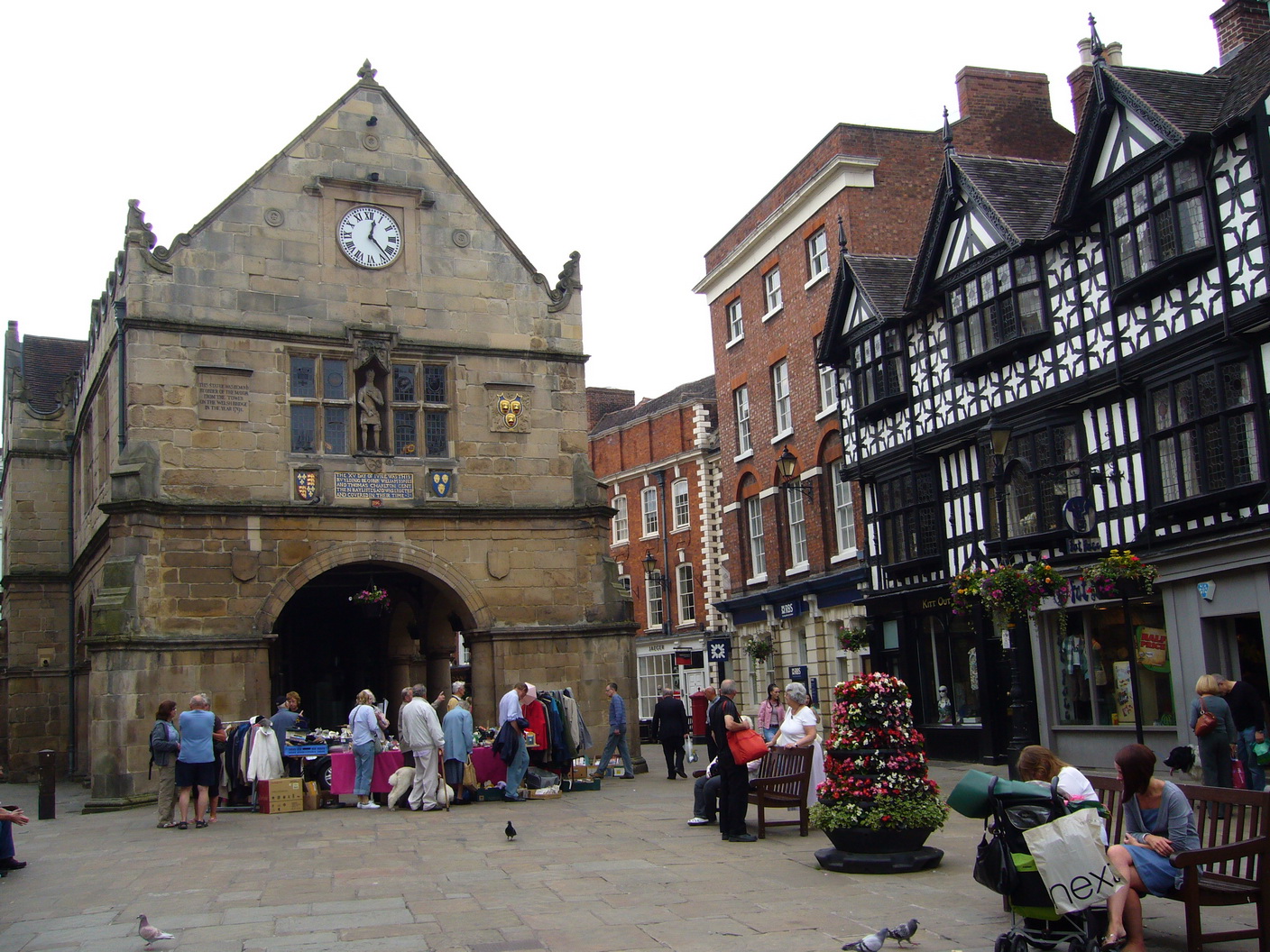|
Plüderhausen
Plüderhausen is a municipality east of Schorndorf in the Rems-Murr district in Baden-Württemberg, Germany. It belongs to the Stuttgart Metropolitan Region. Geography The municipality of Plüderhausen lies in the Rems Valley, nestled between the heights of the Schurwald and the Welzheimer Forest at an elevation ranging between 260 and 505 m, with the town center at 274 m. Neighboring towns and municipalities The municipality of Plüderhausen is bordered to the north by Welzheim, to the east by Waldhausen (Lorch), to the southeast by Börtlingen, to the south by Adelberg, to the west by Schorndorf, and to the northwest by Urbach. Community structure The municipality of Plüderhausen consists of the villages of Plüderhausen and Walkersbach, the hamlet of Aichenbachhof, and the smaller communities of Eibenhof, Köshof, Neuweilerhof, Plüderwiesenhof and Schautenhof. The abandoned villages of Linthalten, Neuweiler und Tannschöpflenshof are also located withi ... [...More Info...] [...Related Items...] OR: [Wikipedia] [Google] [Baidu] |
Rems-Murr
Rems-Murr is a ''Landkreis'' (district) in the middle of Baden-Württemberg, Germany. Neighboring districts are (from north clockwise) Heilbronn, Schwäbisch Hall, Ostalbkreis, Göppingen, Esslingen, the district-free city Stuttgart and the district Ludwigsburg. History The district was created in 1973 when Waiblingen was merged with most of the district Backnang and a few municipalities from the district Schwäbisch Gmünd. Geography The largest part of the district is located in the Swabian-Franconian Forest (''Schwäbisch-Fränkischer Wald''), of which the Mainhardt Forest forms a part. The two rivers Rems and Murr gave the district its name. Coat of arms The coat of arms shows a deer antler in the middle, the symbol of the former state of Württemberg. The two wavy blue lines above and below symbolize the two rivers Murr (in the north) and Rems (in the south) after which the district was named. Twinning Rems-Murr-Kreis is twinned with: * Southampton Sout ... [...More Info...] [...Related Items...] OR: [Wikipedia] [Google] [Baidu] |
Rems (river)
The Rems is a right tributary of the Neckar in eastern Baden-Württemberg. It is 78 km long. It upsprings at Essingen, near Aalen. It flows more or less west through the towns Böbingen an der Rems, Schwäbisch Gmünd Schwäbisch Gmünd (, until 1934: Gmünd; Swabian: ''Gmẽẽd'' or ''Gmend'') is a city in the eastern part of the German state of Baden-Württemberg. With a population of around 60,000, the city is the second largest in the Ostalb district a ..., Lorch, Plüderhausen, Schorndorf, Remshalden and Waiblingen. At Remseck the Rems flows into the Neckar. References Rivers of Baden-Württemberg Rivers of Germany {{BadenWürttemberg-river-stub ... [...More Info...] [...Related Items...] OR: [Wikipedia] [Google] [Baidu] |
Vogt
During the Middle Ages, an (sometimes given as modern English: advocate; German: ; French: ) was an office-holder who was legally delegated to perform some of the secular responsibilities of a major feudal lord, or for an institution such as an abbey. Many such positions developed, especially in the Holy Roman Empire. Typically, these evolved to include responsibility for aspects of the daily management of agricultural lands, villages and cities. In some regions, advocates were governors of large provinces, sometimes distinguished by terms such as (in German). While the term was eventually used to refer to many types of governorship and advocacy, one of the earliest and most important types of was the church advocate (). These were originally lay lords, who not only helped defend religious institutions in the secular world, but were also responsible for exercising lordly responsibilities within the church's lands, such as the handling of legal cases which might require the u ... [...More Info...] [...Related Items...] OR: [Wikipedia] [Google] [Baidu] |
Market Town
A market town is a Human settlement, settlement most common in Europe that obtained by custom or royal charter, in the Middle Ages, a market right, which allowed it to host a regular marketplace, market; this distinguished it from a village or city. In Britain, small rural towns with a hinterland of villages are still commonly called market towns, as sometimes reflected in their names (e.g. Downham Market, Market Rasen, or Market Drayton). Modern markets are often in special halls, but this is a recent development, and the rise of permanent retail establishments has reduced the need for periodic markets. Historically the markets were open-air, held in what is usually called (regardless of its actual shape) the market square (or "Market Place" etc), and centred on a market cross (mercat cross in Scotland). They were and are typically open one or two days a week. History The primary purpose of a market town is the provision of goods and services to the surrounding locality. Al ... [...More Info...] [...Related Items...] OR: [Wikipedia] [Google] [Baidu] |
Choir (architecture)
A choir, also sometimes called quire, is the area of a church or cathedral that provides seating for the clergy and church choir. It is in the western part of the chancel, between the nave and the sanctuary, which houses the altar and Church tabernacle. In larger medieval churches it contained choir-stalls, seating aligned with the side of the church, so at right-angles to the seating for the congregation in the nave. Smaller medieval churches may not have a choir in the architectural sense at all, and they are often lacking in churches built by all denominations after the Protestant Reformation, though the Gothic Revival revived them as a distinct feature. As an architectural term "choir" remains distinct from the actual location of any singing choir – these may be located in various places, and often sing from a choir-loft, often over the door at the liturgical western end. In modern churches, the choir may be located centrally behind the altar, or the pulpit. The back-c ... [...More Info...] [...Related Items...] OR: [Wikipedia] [Google] [Baidu] |
Napoleonic Wars
The Napoleonic Wars (1803–1815) were a series of major global conflicts pitting the French Empire and its allies, led by Napoleon I, against a fluctuating array of European states formed into various coalitions. It produced a period of French domination over most of continental Europe. The wars stemmed from the unresolved disputes associated with the French Revolution and the French Revolutionary Wars consisting of the War of the First Coalition (1792–1797) and the War of the Second Coalition (1798–1802). The Napoleonic Wars are often described as five conflicts, each termed after the coalition that fought Napoleon: the Third Coalition (1803–1806), the Fourth (1806–1807), the Fifth (1809), the Sixth (1813–1814), and the Seventh (1815) plus the Peninsular War (1807–1814) and the French invasion of Russia (1812). Napoleon, upon ascending to First Consul of France in 1799, had inherited a republic in chaos; he subsequently created a state with stable finan ... [...More Info...] [...Related Items...] OR: [Wikipedia] [Google] [Baidu] |
French Revolutionary Wars
The French Revolutionary Wars (french: Guerres de la Révolution française) were a series of sweeping military conflicts lasting from 1792 until 1802 and resulting from the French Revolution. They pitted France against Britain, Austria, Prussia, Russia, and several other monarchies. They are divided in two periods: the War of the First Coalition (1792–97) and the War of the Second Coalition (1798–1802). Initially confined to Europe, the fighting gradually assumed a global dimension. After a decade of constant warfare and aggressive diplomacy, France had conquered territories in the Italian Peninsula, the Low Countries and the Rhineland in Europe and abandoned Louisiana in North America. French success in these conflicts ensured the spread of revolutionary principles over much of Europe. As early as 1791, the other monarchies of Europe looked with outrage at the revolution and its upheavals; and they considered whether they should intervene, either in support of King ... [...More Info...] [...Related Items...] OR: [Wikipedia] [Google] [Baidu] |
Claude Louis Hector De Villars, Duke Of Villars
Claude Louis Hector de Villars, Prince de Martigues, Marquis then Duc de Villars, Vicomte de Melun (, 8 May 1653 – 17 June 1734) was a French military commander and an illustrious general of Louis XIV of France. He was one of only six Marshals to have been promoted Marshal General of France. Early career Villars was born at Moulins (in the present-day département of Allier) in a noble but poor family — his father was the diplomat Pierre de Villars. He entered the French army through the corps of pages in 1671. He distinguished himself at twenty in the Siege of Maastricht in 1673 during the Franco-Dutch War and after the bloody Battle of Seneffe a year later he was promoted on the field to mestre de camp (colonel) of a cavalry regiment. The next promotion would take time in spite of a long record of service under Turenne, The Great Condé and Luxembourg, and of his aristocratic birth, as he had incurred the enmity of the powerful Louvois. He was finally made ''maréchal ... [...More Info...] [...Related Items...] OR: [Wikipedia] [Google] [Baidu] |
Thirty Years' War
The Thirty Years' War was one of the longest and most destructive conflicts in European history, lasting from 1618 to 1648. Fought primarily in Central Europe, an estimated 4.5 to 8 million soldiers and civilians died as a result of battle, famine, and disease, while some areas of what is now modern Germany experienced population declines of over 50%. Related conflicts include the Eighty Years' War, the War of the Mantuan Succession, the Franco-Spanish War, and the Portuguese Restoration War. Until the 20th century, historians generally viewed it as a continuation of the religious struggle initiated by the 16th-century Reformation within the Holy Roman Empire. The 1555 Peace of Augsburg attempted to resolve this by dividing the Empire into Lutheran and Catholic states, but over the next 50 years the expansion of Protestantism beyond these boundaries destabilised the settlement. While most modern commentators accept differences over religion and Imperial authority were ... [...More Info...] [...Related Items...] OR: [Wikipedia] [Google] [Baidu] |
Schmalkaldic War
The Schmalkaldic War (german: link=no, Schmalkaldischer Krieg) was the short period of violence from 1546 until 1547 between the forces of Emperor Charles V of the Holy Roman Empire (simultaneously King Charles I of Spain), commanded by the Duke of Alba and the Duke of Saxony, and the Lutheran Schmalkaldic League within the domains of the Holy Roman Empire. Background In the course of the Lutheran Reformation numerous Imperial States had adopted the new confession, against the opposition of the ruling Catholic House of Habsburg, who recognised these conversions as a quest for increasing autonomy to the detriment of the central Imperial authority. At the 1521 Diet of Worms Emperor Charles V had Martin Luther banned and the proliferation of his writings prohibited. The edicts of the Diet condemned Luther and officially banned citizens of the Holy Roman Empire from defending or propagating his ideas, subjecting advocates of Lutheranism to forfeiture of all property, half of ... [...More Info...] [...Related Items...] OR: [Wikipedia] [Google] [Baidu] |




